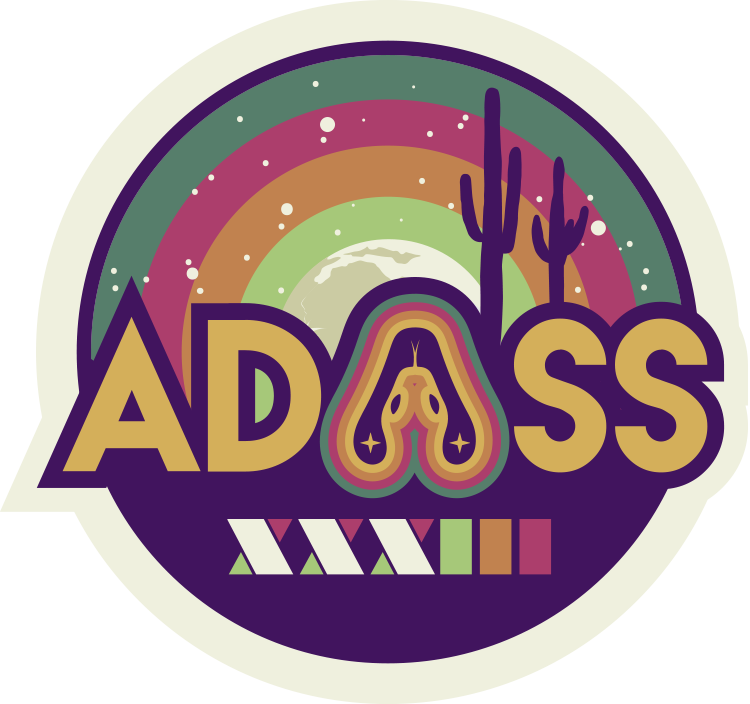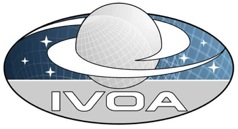Tuesday plenary 2: contributed talk
When
Where
Theme: AI in Astronomy
FLASH is the First Large Absorption Survey in HI which surveys for neutral hydrogen (HI) absorption lines in the intermediate redshifts (0.42 - 1.0), across the entire sky south of Declination +18 degrees from spectra of 100,000 bright continuum sources, using the Australian SKA Pathfinder (ASKAP) telescope. FLASHfinder is a Bayesian method based automated source finder to identify absorption candidates. However, verification of true absorption detections from the candidate list is currently performed manually and true detections are outnumbered by artifacts (false positives). We present a new deep learning (DL) based source finder to automatically distinguish true detections from artifacts from the FLASH Pilot Survey. To address the issue of limited true detections in the training dataset, we employ a 1D Deep Convolutional Generative Adversarial Network (1D DCGAN) to synthesize true detections. For spectral line classification, we employ a 1D Convolutional Variational Autoencoder (1D CVAE) which combines the power of CNNs to capture local spectral features with VAEs' capability to learn meaningful latent space representations. Our results showcase the great potential of DL in automatic detection of HI absorption more accurately and robustly which can help reduce the burden of manual verification in large all-sky surveys.



